Sample information |
|
| Picture |
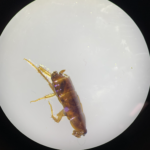
|
|---|---|
| Location | |
| Collection date | 09/18/2024 |
| Captive / Cultivated? | Wild-caught |
| Group | Edmund Burke School |
| Observations | small head and a broad, flattened body, reddish-brown, large compound eyes, two ocelli, and long, flexible antennae. The arthropod was caught outside of a manhole at night in an urban area. The season was fall and the temperature was about 76 degrees. |
| Putative identification | Arthropoda Insecta Blattodea |
Methods |
|
| Extraction kit | DNeasy (Qiagen) |
| DNA extraction location | Abdomen |
| Single or Duplex PCR | Single Reaction |
| Gel electrophoresis system | MiniOne |
| Buffer | TBE |
| DNA stain | GelGreen |
| Gel images |
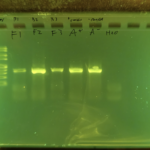
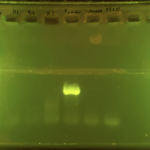
|
| Protocol notes |
DNA Extraction
PCR”:
Gel electrophoresis, Arthropod CO1
Gel electrophoresis, Wolbachia
|
Results |
|
| Wolbachia presence | No |
| Confidence level | Medium |
| Explanation of confidence level | There was a point in the experiment where pipette tips were not switched between samples although I don’t believe there was enough contamination to ruin the samples as there was one that had Wolbachia and others that didn’t. The controls were also correct improving our confidence in the gels. |
| Wolbachia 16S sequence | |
| Arthropod COI sequence |
|
| Summary | The Blattodea was found to be negative for Wolbachia. |
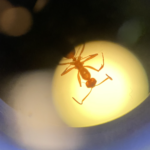 Formica Pallidefulva
Formica Pallidefulva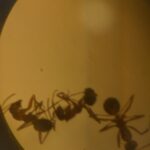 Formica Pallidefulva
Formica Pallidefulva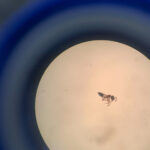 Ant
Ant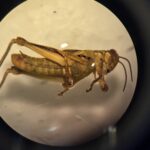 Differential Grasshopper – Melanoplus differentialis
Differential Grasshopper – Melanoplus differentialis Pill Bug (Armadillidium vulgare) – Draft
Pill Bug (Armadillidium vulgare) – Draft